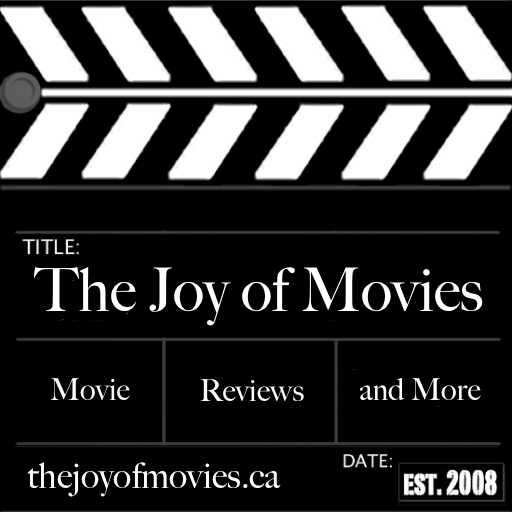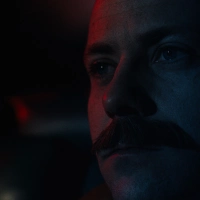Book Review: The Art of How To Train Your Dragon
Page count: 160 pages
Size: 11” x 10”
Includes: text & over 350 illustrations
The Art of How To Train Your Dragon
Written By Tracey Miller-Zarneze
Foreword by Craig Ferguson
Introduction by Cressida Cowell
Published By Newmarket Press
http://www.newmarketpress.com/
_____________________________________________________
The Art of How To Train Your Dragon Book Review By Erin V.
After reading through the whole book, I have a far greater appreciation for the production behind this astounding film. Filled with over 350 illustrations from concept art, to storyboards, to full CG stills, The Art of How To Train Your Dragon is beautiful to look through. Divided into 5 sections – The Dragons, The Vikings, The Dragon World, The Viking World, and Bringing the Worlds Together – it details each aspect of production.
The first four sections take us through concept art and character designs, and contain interesting facts about certain character features, and landscape designs. Then, the fifth section takes you through an interesting technical look at the film. I just want to highlight the points of last section quickly here:
Starting with the story we are shown part of the climatic end battle in storyboards. Then the section goes onto ‘layout, cinematography and 3D’. Part of what made the film so beautiful to watch was how it was ‘filmed’. The setting of the camera, and the utilization of 3D as camera depth to emotionally involve the audience is really what made this film work so well, and it is interesting to see it described in detail here.
Next in the section, is ‘animation and character effects’. Simply, a short look at how fantasy characters can become so believable in a realistic-looking natural world, through their movements and expressions. Then is ‘effects’. While the characters are dealt with by one team, effects such as clouds, flames, and water are done by another. Here we learn a bit about the challenge of 3D on how the effects will be viewed by the audience.
Then, there’s a short passage on ‘lighting’. One of the most beautiful things in How To Train Your Dragon was watching the sets and characters be lit in a believable and subtle way, which Rogers Deakins can be thanked in part for as visual consultant on the film. It is nice to see some examples of the effects of light and shadow, detailed in choice CG image selections here.
And last, but not least, we get a brief look at what the editorial team does. It’s interesting to read, since HTTYD was shot very uniquely in a way for animation, as even the end battle was still ‘filmed’ and edited similarly to live action, using a master shot that was cut and built in the editing room.
In closing, I would definitely recommend getting this book, especially if interested in filmmaking and animation. It is very beautiful and a nice conversation piece for those who’ve seen – and loved – the film.
___________________________________________________________________________
To find out more about the The Art of How To Train Your Dragon, or other books, visit Newmarket Press’ website here. Our reviews of the film can be found here.











